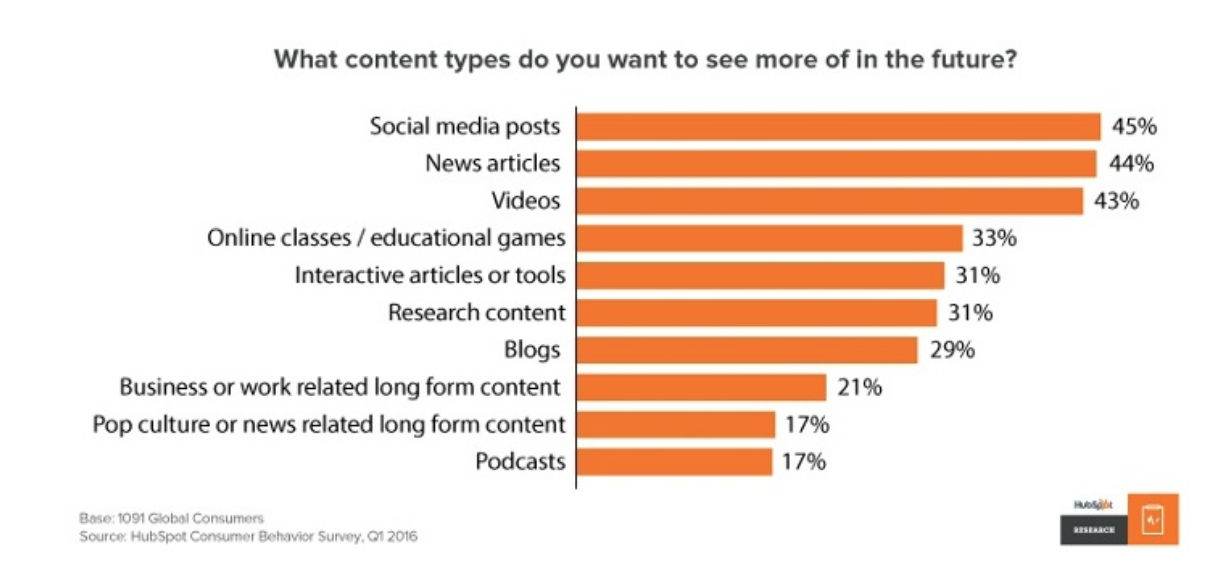Originally published by myadmin.
Feelings of social isolation are an issue common to law students and lawyers. Social isolation can also be a trigger to problematic alcohol and drug use.
As a law student struggling with addiction, I felt that the only way I could exist was to drink alone and isolate myself from other law students so they could not see my pain and loneliness, not to mention my belief that I was not good enough to be in their presence.
As a lawyer deep in addiction, rather than seeking out and engaging in healthy work and social relationships, I narrowed my interactions down to those also drinking excessively and doing cocaine. In a room full of drinkers and snorters, I felt totally alone and isolated.
This is not to say that the desire to be alone is in itself a bad thing. In recovery, I narrowed my social connections down to a very small circle of healthy connections and came to embrace myself as someone who is inherently shy. They were very different types of connections. They were sober connections who were part of a sober world that I had forgotten existed.
Here is how a current law student and practicing lawyer have experienced and dealt with social isolation in their lives.
Garret is a second-year law student at the University of New Mexico. Garret is unique in that he also played collegiate football while going to law school. Wow! Garret says:
Playing football amplified the isolation I have felt during law school. On the one hand, I would miss out on opportunities to interact with my teammates because I was studying for school. On the other hand, I would miss opportunities to bond with my classmates because I was travelling every weekend for football. These circumstances made for many lonely nights spent reading countless pages trying to stay caught up. During this time, I did not feel that anyone could understand what I was going through.
How did Garret cope? He says:
I allowed myself to ask for help. Instead of drowning alone, I reached out to others and found that they were more than willing to help. UNM’s career services department helped me form a strategy to stay caught up in school. My classmates also offered comfort and support when I finally opened up about the struggles I was facing. Once I allowed myself to seek help, there was no shortage of love from those around me. I firmly believe that I would not still be in school without the support of my peers and the faculty and staff at UNM during this time in my life.
Miriam is a practicing criminal defense attorney in the Washington, D.C. area. She says:
When I went out on my own, it was pretty jarring. There was no one to ask a question of, no one to just vent frustrations to. And criminal defense is an incredibly frustrating area of law. There was no reason to take a break, because who was I going to socialize with? Myself?
Miriam then joined a listserv called SoloSez (part of the American Bar Association), and it turned out she wasn’t alone:
There were lots of us solo practitioners struggling with the same thing. Who do you talk to when you are literally all by yourself all day long.”
As to how isolation impacted her personally and professionally, Miriam says:
I realized the value of human interaction in professional settings and how important it is as a stress relief. Water cooler talk may be lame but it is important. I ended up renting an office inside a larger firm. Lots of solos in that office space and we became friends. My productivity increased and I was just generally happier.
Today Miriam has a small law office with employees, and they all have an open door policy. She says:
We eat lunch together, we talk about our cases on a regular basis, and we are able to talk to each other freely. What’s the point of working with people if you can’t talk to them? I recommend renting an office in a suite – having someone else there to vent to is incredibly important. And while you may say oh I can talk to my wife when I get home, etc., it really isn’t the same. Being at work and bitching, then being able to go home and not feel so frustrated, is a great thing!
I also reached out to a treatment provider who deals with social isolation issues in his practice. Dr. David Henderson is a psychiatrist practicing in Dallas, Texas.* One of the issues I asked him to address is the difference between damaging social isolation and the simple desire to be alone. He says:
There are two states of aloneness: the physical state of being alone (solitude) and the emotional state of being alone (loneliness). Solitude is not always painful. In fact, it may be quite pleasant for those who are confident and comfortable with themselves, and who understand that it need not be a permanent experience. A stable balance between solitude and time with others is necessary for mental and physical well-being. Even when we are forced to be alone, knowing that someone is with us in spirit helps.
Conversely loneliness, the emotional state of being alone, is the belief that no one else understands our circumstances, our thoughts, or our emotions, nor do they care. Social isolation is the combination of these two states, experienced by an individual for an extended period. The length of time in social isolation for any individual can vary, but both the emotional state and physical state feed off of one another, creating a perpetual inability within the individual to reengage society in a meaningful way.
Here are Dr. Henderson’s tips for dealing with social isolation:
- Plan ahead. Isolation and loneliness can result from procrastination. When an individual fails to anticipate future isolation and plan for it, it never gets better. Individuals must carve out time in their schedules for social engagement like they would carve out time to study or complete a task for work. Waiting until the last minute always ends with missed opportunities.
- Confront the mind-games you play. We all have a script that plays over and over in our heads that dictates our actions. The most successful individuals are the ones who recognize the script and make the hard decisions to act contrary to it. The key to overcoming social isolation is being able to acknowledge the very real pain that exists in engaging others and then working to develop the confidence within oneself to know that you have the power to endure and overcome it.
- Seek out accountability. For many, this accountability starts with one person: a trained professional counselor. A professional can challenge you to think outside the box, provide you with resources that will help you overcome the struggle, and check in with you to measure your progress. Overcoming social isolation is like any other challenge. In order to break the cycle, we must reach a point at which the pain of staying the same is worse than the pain of changing. If you are struggling to reach out and find help, simply ask yourself one question, “What do I have to lose in reaching out for help?” Make a decision today that you are going reengage one step at a time. Fight discouragement with true statements about your abilities, and recognize that with each decision to think and act contrary to what you feel, you are getting stronger and closer to your goals. You are not alone. Keep reaching!
What’s the common thread here to either becoming or staying connected in a healthy way? Reaching out! Regardless of the genesis of your feelings of loneliness and isolation. It all starts there.
* David L. Henderson, M.D., is a board-certified psychiatrist, author, and professional speaker. He is the owner and president of Four Stones Collaborative Group, a mental health practice in Dallas, Texas, treating a wide range of psychological issues including depression, anxiety, substance abuse, and trauma. He is the author of the book My Teenage Zombie: Resurrecting the Undead Adolescent In Your Home. For more information about his practice or for further resources, you can visit his websites at www.drdavidhenderson.com and www.fourstonesgroup.com
Brian Cuban (@bcuban) is The Addicted Lawyer. A graduate of the University of Pittsburgh School of Law, he somehow made it through as an alcoholic then added cocaine to his résumé as a practicing attorney. He went into recovery April 8, 2007. He left the practice of law and now writes and speaks on recovery topics, not only for the legal profession, but on recovery in general. He can be reached at brian@addictedlawyer.com.
Curated by Texas Bar Today. Follow us on Twitter @texasbartoday.
from Texas Bar Today http://ift.tt/2E3nj8f
via
Abogado Aly Website



 Seyfarth Synopsis: The U.S. Court of Appeals for the Tenth Circuit’s recent opinion in
Seyfarth Synopsis: The U.S. Court of Appeals for the Tenth Circuit’s recent opinion in 




 To highlight some of the posts that stand out from the crowd, the editors of Texas Bar Today have created a list from the week’s blog posts of the top ten based on subject matter, writing style, headline, and imagery. We hope you enjoy this installment.
To highlight some of the posts that stand out from the crowd, the editors of Texas Bar Today have created a list from the week’s blog posts of the top ten based on subject matter, writing style, headline, and imagery. We hope you enjoy this installment.
 Hail damage to a restaurant can cost thousands in lost revenue with each passing day. But when it comes to fixing broken windows and leaking roofs in franchise restaurants, there could be multiple policies available for the claim. Attorney Bill Voss takes a look at different insurance coverage approaches and why each can make a big difference in the amount you recover.
Hail damage to a restaurant can cost thousands in lost revenue with each passing day. But when it comes to fixing broken windows and leaking roofs in franchise restaurants, there could be multiple policies available for the claim. Attorney Bill Voss takes a look at different insurance coverage approaches and why each can make a big difference in the amount you recover.